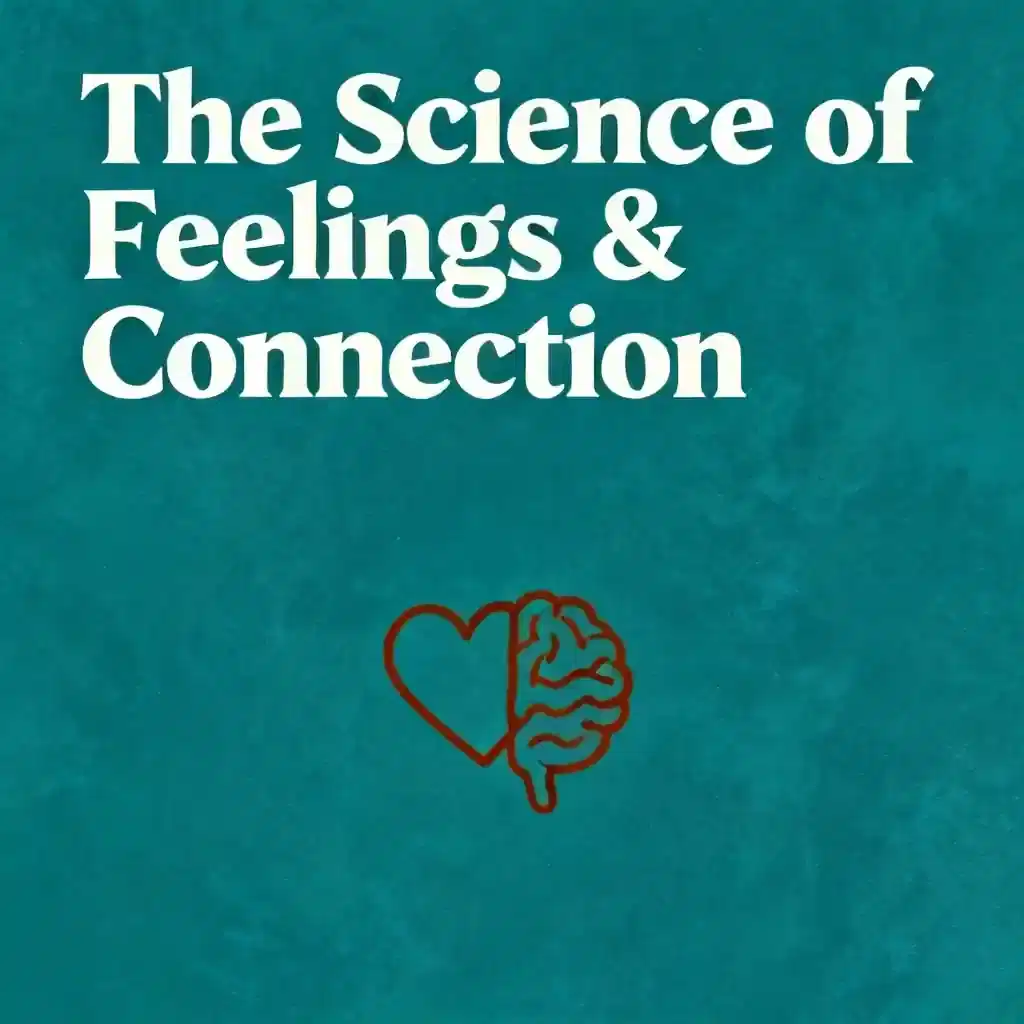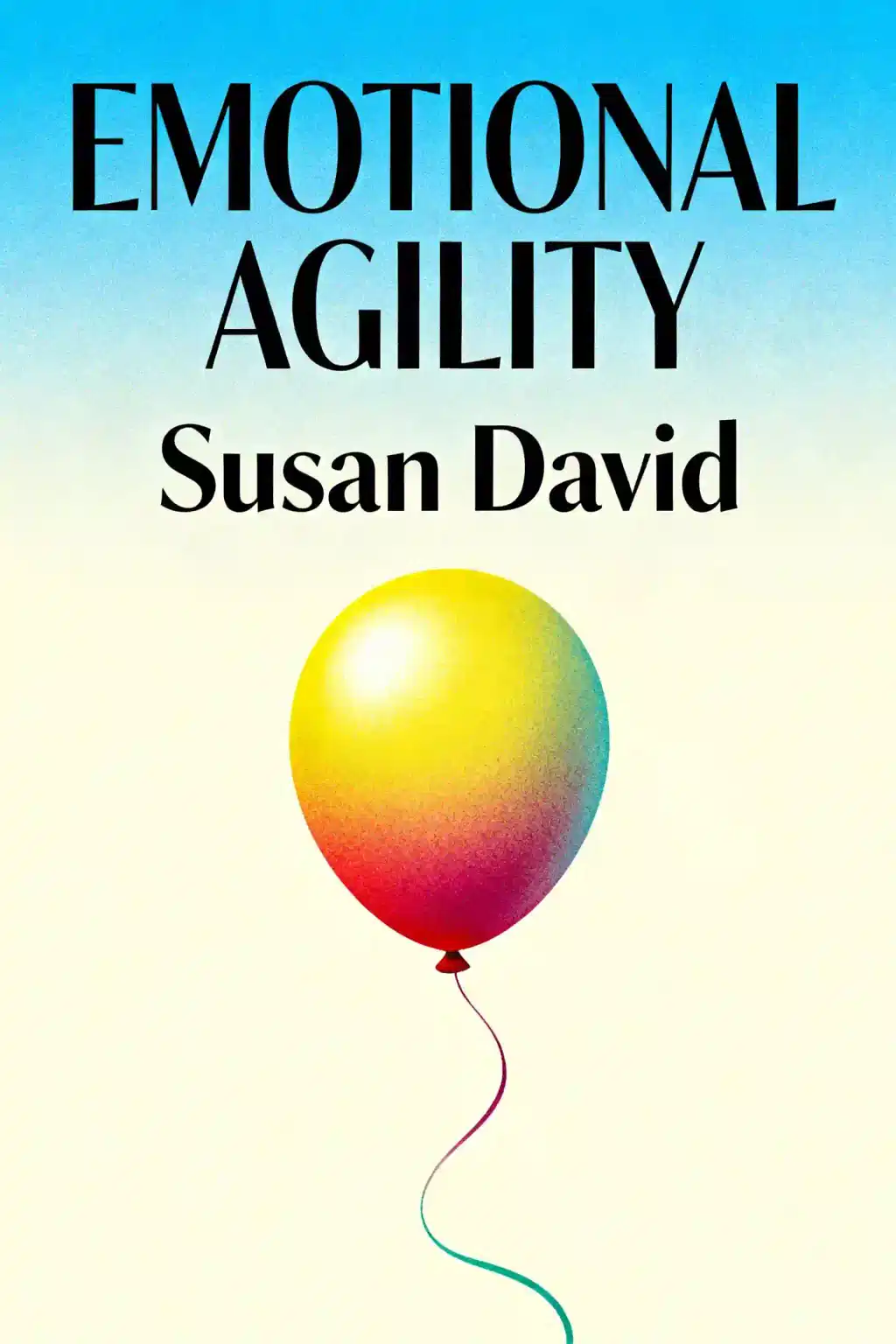What is
Permission to Feel by Marc Brackett about?
Permission to Feel explores emotional intelligence through Marc Brackett’s RULER framework (Recognize, Understand, Label, Express, Regulate), offering science-backed strategies to manage emotions for personal and professional success. The book combines research from Yale’s Center for Emotional Intelligence with relatable anecdotes, emphasizing how emotional awareness improves relationships, mental health, and decision-making.
Who should read
Permission to Feel?
This book is ideal for educators, parents, workplace leaders, and anyone seeking to improve emotional literacy. It provides actionable tools for fostering empathy, reducing stress, and creating emotionally supportive environments at home, school, or work.
Is
Permission to Feel worth reading?
Yes—readers praise its blend of academic rigor and accessibility. Brackett’s RULER method is widely used in schools and organizations, making it a practical guide for lifelong emotional growth. Over 85% of educators in one study reported improved classroom dynamics after applying its principles.
What is the RULER method in
Permission to Feel?
RULER is Brackett’s five-step framework:
- Recognize emotions in oneself and others.
- Understand their causes.
- Label them precisely.
- Express them contextually.
- Regulate them effectively.
This approach helps transform emotions from obstacles into tools for success.
How does
Permission to Feel address emotional suppression?
Brackett argues that ignoring emotions leads to long-term harm, comparing suppression to “a debt that eventually comes due.” He shares his childhood experience of numbness and how teacher Marvin’s intervention—“How are you feeling?”—helped him heal, underscoring the power of validation.
What is the Mood Meter in
Permission to Feel?
The Mood Meter is a tool to categorize emotions across four quadrants (energy and pleasantness levels). It helps users identify feelings like “joyful” vs. “content” or “anxious” vs. “angry,” promoting nuanced emotional awareness.
How does
Permission to Feel apply to parenting?
Brackett advocates for creating a “Family Charter” to define desired emotional norms at home. Parents learn to model RULER principles, helping children articulate feelings like frustration instead of acting out, fostering resilience and empathy.
What are key quotes from
Permission to Feel?
- “Emotions are information.”
- “Labeling emotions is the first step to mastering them.”
These emphasize treating feelings as data, not weaknesses, and the importance of precise vocabulary for emotional clarity.
How does
Permission to Feel compare to
Emotional Intelligence by Daniel Goleman?
While Goleman’s work popularized EQ, Brackett’s book offers a structured system (RULER) with practical steps for daily use. It also integrates modern challenges like digital communication’s impact on emotional literacy.
Can
Permission to Feel help in the workplace?
Yes—it provides strategies for leaders to reduce burnout and improve teamwork. Examples include using “emotion check-ins” before meetings and regulating stress through techniques like mindful breathing.
What criticisms exist about
Permission to Feel?
Some note the RULER method requires consistent practice to see results, which may challenge busy individuals. However, studies show even partial adoption improves emotional awareness and reduces conflict.
How does
Permission to Feel define emotional regulation?
Regulation involves choosing strategies (e.g., reframing thoughts, physical activity) to align emotions with goals. Brackett stresses this isn’t suppression but proactive management, like using anger to fuel productive problem-solving.

















